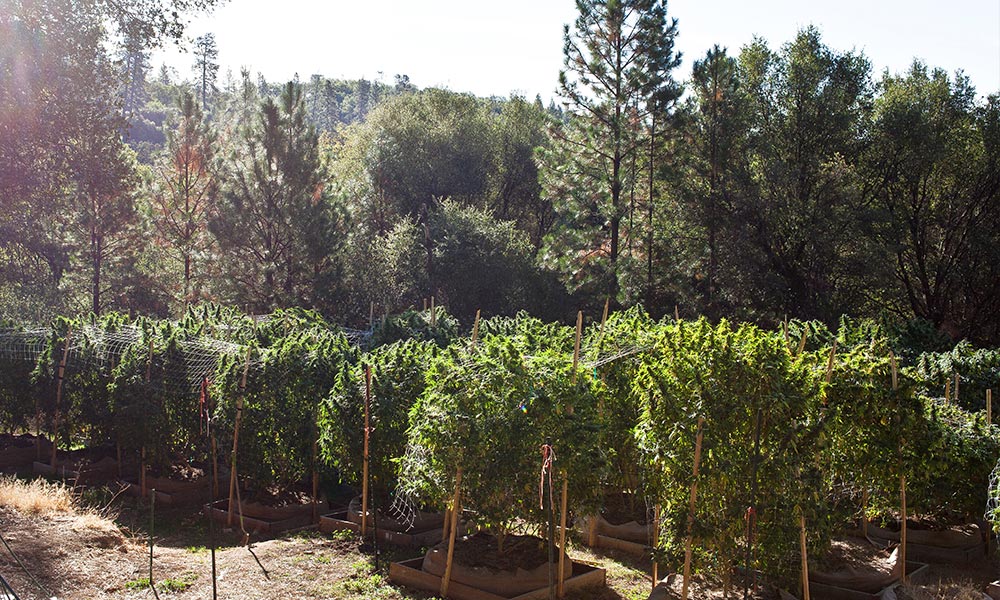
Politics
Hiccups & Disruptions to California’s Cannabis Market Coming
New industry standards July 1 mean deep discounts at dispensaries now — and uncertainty, with possible supply disruptions, immediately thereafter.
It’s a very good time to be a cannabis consumer in California — for the next week, at least.
On July 1, new standards for child-proof packaging and lab-tested product go into effect. Much of the stock currently gracing dispensary shelves will soon be unsaleable, which in turn means steep discounts of up to 50 percent for buyers, as NBC Bay Area observed.
Celebrations will be short-lived. As other states have shown, the brief shower of cheap abundance precedes a period of short supply, as producers struggle to adjust with new requirements. And higher prices follow market inefficiencies like product shortages.
That’s good news if you’re a retailer with saleable stock in hand — but there are less and less of those today then there were just a year ago, when the state was medical-marijuana only.
Though California’s experiment with a regulated, legal marijuana market for adults 21 and over is still fresh, results to date indicate that the arc of the country’s largest legal cannabis market is bending towards consolidation and big conglomerates.
While market consolidation of the kind California is seeing has meant small prices in other markets, this isn’t what was supposed to happen. The ballot initiative that California voters approved in November 2016 promised small-and-medium cannabis producers security that just hasn’t materialized. Small-scale producers are finding it difficult to acquire a license from their local governing authorities, and if they do, they are finding it hard to compete with large, well-capitalized companies happy to drown them in product.
Instead, five marijuana producers have about 20 percent of all cultivation permits in the state, according to a recent report. This has been a trend seen elsewhere in legalization: In Washington, 10 farms harvest 17 percent of that state’s cannabis.
Perhaps surprisingly for armchair economists ready to quote Adam Smith on supply and demand, consolidation has meant lower consumer prices. Turns out big producers are able to handle smaller margins, so as they flood the market with supply, they are able to charge lower prices and survive.
But how long that lasts will depend on how both regulators and consumers react.
All consumers are price-conscious. Legalization has meant sticker shock, as January 1’s first day of legal recreational sales also meant the first day of collecting new taxes in excess of 40 percent.
So far, some consumers have been happy to stay in a semi- or outright illegal space, patronizing unlicensed delivery services, operations obeying old medical-marijuana-era collective or cooperative models, or outright outlaws without state licenses or the desire to obtain one.
Regulators would like very much to capture that market segment and may have to create friendlier climes that exist now to do so.
“We need to do everything in our power to assist and incentivize business to move from the black and gray market to the regulated market,” state Assemblyman Rob Bonta, a cannabis-friendly lawmaker with a significant constituency of both legal consumers and producers, said in a recent interview. “And we need to do it this year — because people make their decisions early.”
About all that’s certain about California’s market is more uncertainty. If you have a favorite brand, now is the time to stock up — there’s no guarantee that that producer will be able to adjust to the new reality.
TELL US, what is your favorite cannabis product that’s no longer around?
























